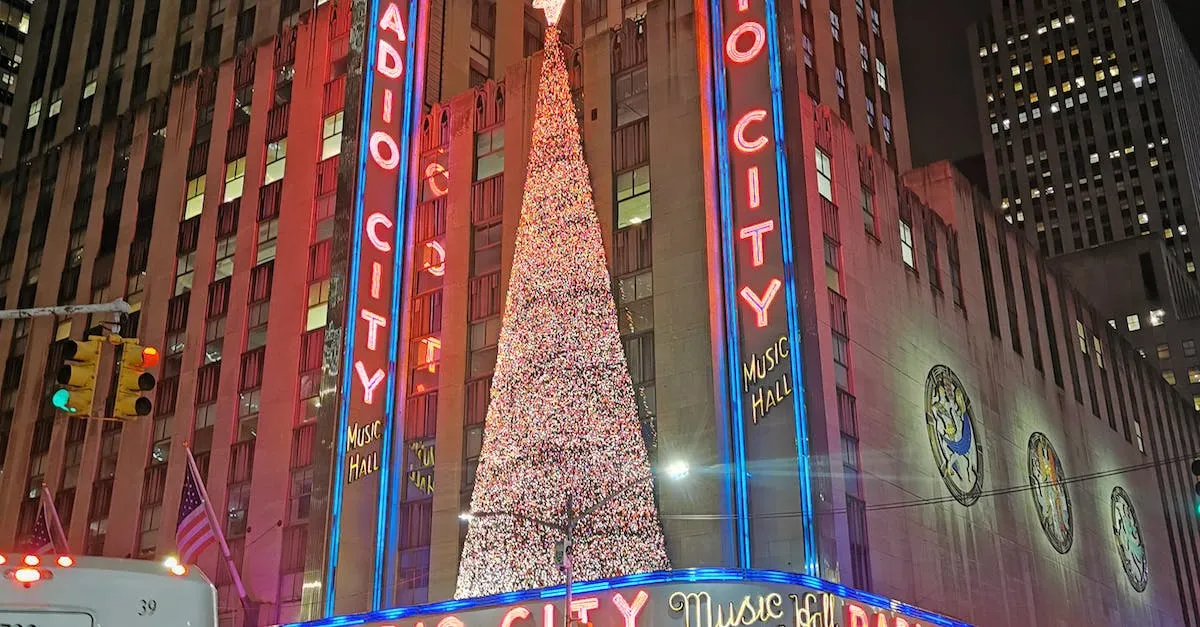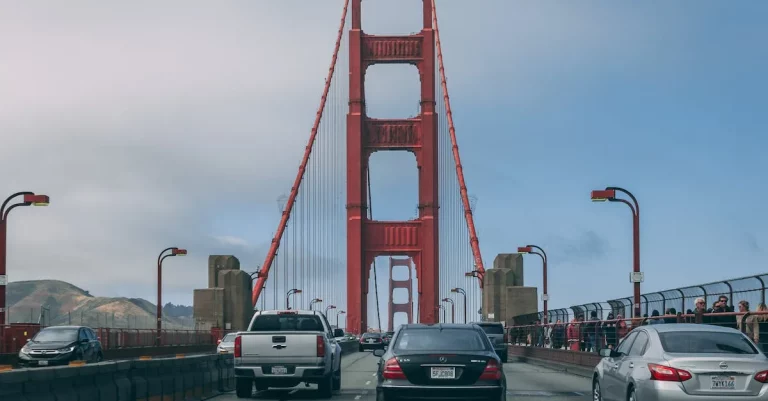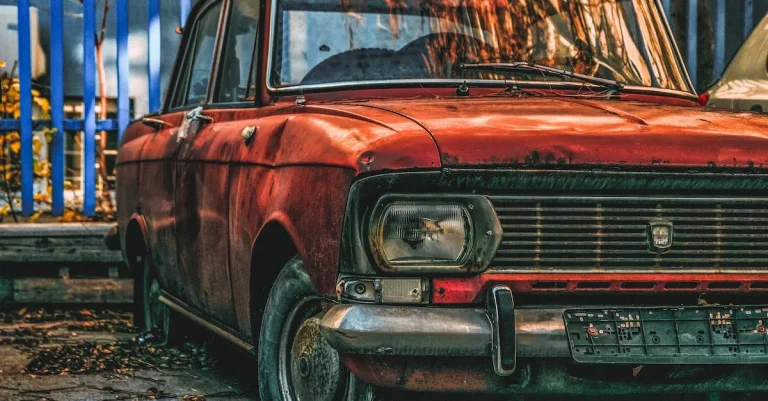The Biggest Gang In New York City
New York City has a long and storied history of organized crime groups and gang activity. If you’re looking for a quick answer, the Mafia Families known as the Five Families held tremendous power and influence over New York’s underworld for decades. However, we’ll take a deeper look at the history and impact of major gangs in New York to determine which could be considered the city’s biggest.
In this comprehensive article, we’ll explore the origins, operations, reach, and downfall of prominent New York gangs like the Five Families of the Italian Mafia, the Latin Kings, MS-13, the Bloods, the Crips, and more. By evaluating factors like membership numbers, criminal activities, social influence, and control of territory, we’ll make the case for which gang has had the biggest impact on New York City throughout the years.
The Five Families of the New York Mafia
Origins and Growth of the Five Families
The Five Families of the New York Mafia, also known as La Cosa Nostra, are the most notorious and powerful organized crime groups in the city. The origins of these families can be traced back to the early 20th century, when Italian immigrants began forming criminal organizations to protect their communities and engage in illegal activities.
Over time, these groups grew in power and influence, establishing themselves as the dominant forces in the New York City underworld.
The Five Families consist of the Gambino, Genovese, Lucchese, Bonanno, and Colombo families. Each family operates independently but maintains a hierarchical structure, with a boss at the top and various captains and soldiers below.
These families have a long and storied history, with their names becoming synonymous with organized crime in New York City.
Criminal Activities and Operations
The Five Families are involved in a wide range of criminal activities, including extortion, racketeering, drug trafficking, money laundering, and murder. They control various industries, such as construction, garbage collection, and labor unions, using their influence to generate substantial illegal profits.
These families have built extensive networks and alliances, both within and outside of New York City, allowing them to expand their criminal enterprises.
One of the most famous criminal operations associated with the Five Families is the construction industry racket. They have infiltrated construction unions and companies, demanding protection money and rigging bids to secure lucrative contracts.
This has allowed them to generate significant revenue and expand their influence in the city.
Decline and Prosecutions
Throughout the years, the Five Families have faced numerous law enforcement initiatives aimed at dismantling their operations. The federal government has successfully prosecuted and convicted several high-ranking members, including bosses and underbosses, leading to the decline of these organizations.
Racketeering charges, witness protection programs, and the use of informants have all played a role in weakening the power of the Five Families.
Additionally, increased law enforcement efforts, such as the formation of specialized task forces and the implementation of stricter laws, have made it more difficult for these families to operate with impunity.
Over the past few decades, the power and influence of the Five Families have significantly diminished, with some families experiencing internal conflicts and leadership disputes.
Although the Five Families may not hold the same level of power they once did, they still exist and continue to engage in criminal activities. Law enforcement agencies remain vigilant in their efforts to combat organized crime and ensure the safety of New York City.
The Latin Kings
The Latin Kings, also known as the Almighty Latin King and Queen Nation, is one of the largest and most notorious street gangs in New York City. With a history dating back to the 1940s, the Latin Kings have a long-standing presence and a reputation for violence and criminal activity.
Founding in the 1940s
The Latin Kings were originally formed in Chicago in the 1940s by Puerto Rican immigrants who sought to protect their community from discrimination and violence. The gang quickly spread to other cities, including New York City, where it established a strong foothold.
The Latin Kings adopted a hierarchical structure, with leaders known as “Caciques” overseeing various chapters within the organization. The gang’s primary goals were to provide a sense of identity and empowerment for its members, while also engaging in criminal enterprises such as drug trafficking and extortion.
Rise to Prominence in the 1970s-80s
During the 1970s and 1980s, the Latin Kings experienced a significant increase in membership and influence. They became one of the most powerful and feared gangs in New York City, especially in neighborhoods with large Latino populations.
The Latin Kings gained notoriety for their involvement in drug trafficking, as well as their use of violence to maintain control over their territories. They also developed a reputation for their distinctive black and gold colors, representing unity and power.
Despite law enforcement efforts to dismantle the gang, the Latin Kings continued to thrive and expand their operations throughout the city. Their presence was felt in neighborhoods like East Harlem, the South Bronx, and Brooklyn, where they engaged in various criminal activities.
Presence and Operations in New York
Today, the Latin Kings remain active in New York City, albeit with a different level of visibility compared to their peak in the 1970s and 1980s. They continue to engage in criminal enterprises, including drug trafficking, extortion, and racketeering.
Law enforcement agencies, such as the New York Police Department, have made concerted efforts to combat the influence of the Latin Kings. These efforts have resulted in numerous arrests and the dismantling of several high-ranking members and leaders within the organization.
It is important to note that gang activity and involvement in criminal enterprises can have a devastating impact on communities. Efforts to address the root causes of gang involvement, such as poverty, lack of educational opportunities, and limited access to social services, are crucial in preventing the growth and influence of gangs like the Latin Kings.
If you want to learn more about gang activity and efforts to combat it, you can visit websites like FBI Gangs and NYC Gang Free for more information.
MS-13
MS-13, also known as Mara Salvatrucha, is one of the most notorious and dangerous gangs in New York City. With its roots in Los Angeles, this gang has gained a strong foothold in various parts of the country, including New York. Let’s dive into the history and impact of MS-13 in the Big Apple.
Roots and Initial Growth
MS-13 originated in the 1980s in Los Angeles, California, primarily composed of Salvadoran immigrants fleeing the civil war in El Salvador. The gang was formed as a means of protection and survival in the harsh environment of the streets.
As its influence grew, MS-13 became involved in various criminal activities, including drug trafficking, extortion, and violence.
While initially concentrated in Los Angeles, MS-13 began to expand its presence to other parts of the United States, including the East Coast. This expansion paved the way for the gang’s eventual establishment in New York City.
Expansion to East Coast and New York
MS-13’s expansion to the East Coast and New York City can be attributed to several factors. Firstly, the gang sought to establish new territories to further their criminal enterprises and increase their power.
Additionally, the high concentration of Central American immigrants in cities like New York provided a ready pool of potential recruits for MS-13.
As MS-13 made its way to New York, it began to establish a presence in various neighborhoods, particularly those with large immigrant populations. The gang’s activities soon caught the attention of law enforcement agencies, as their violent tactics and involvement in drug trafficking started to impact the safety and security of local communities.
Current Status and Crime in New York
Today, MS-13 is still active in New York City, with an estimated membership of several hundred individuals. The gang continues to engage in a wide range of criminal activities, including drug trafficking, human trafficking, and racketeering.
Law enforcement agencies have been actively combatting the presence of MS-13 in New York, conducting targeted operations and implementing strategies to disrupt their operations. Despite these efforts, the gang remains a significant challenge for authorities due to its complex organizational structure and its ability to adapt to law enforcement tactics.
It is important to note that while MS-13’s presence in New York City is a cause for concern, it is essential not to stigmatize entire communities or immigrants. The vast majority of individuals from Central America are law-abiding citizens who contribute to the cultural and economic fabric of New York.
If you want to learn more about MS-13 and their impact on New York City, you can visit https://www.fbi.gov/investigate/violent-gang-terrorism for official information from the Federal Bureau of Investigation.
The Bloods
The Bloods is one of the biggest and most notorious street gangs in New York City. Known for their distinctive red clothing and hand signs, the Bloods have a long and violent history that stretches back several decades.
Start in Los Angeles
The origins of the Bloods can be traced back to the streets of Los Angeles in the 1960s. Originally formed to protect neighborhoods from other gangs, the Bloods quickly grew in size and influence. Their presence soon spread to other cities across the United States, including New York City.
Spread to New York in Early 1990s
In the early 1990s, the Bloods made their presence known in New York City. The gang established a strong foothold in neighborhoods such as Harlem, the Bronx, and Brooklyn. Their activities included drug trafficking, robbery, and other forms of criminal activity.
Rivalry with Crips
The Bloods have a long-standing rivalry with another notorious gang, the Crips. This rivalry has resulted in countless acts of violence and bloodshed over the years. The conflict between the two gangs has often spilled over into the streets of New York City, leading to increased crime rates in certain areas.
Current Status and Size in New York
Today, the Bloods continue to be a prominent force in New York City’s criminal underworld. While exact numbers are difficult to determine, it is believed that the gang has thousands of members spread across various neighborhoods.
The Bloods are involved in a wide range of criminal activities, including drug trafficking, extortion, and violence.
According to a report by the New York Police Department, gang-related violence in the city has been on the rise in recent years, with the Bloods being one of the primary culprits.
The authorities are constantly working to combat the influence of the Bloods and other gangs in New York City. Increased police presence, community outreach programs, and targeted law enforcement efforts have all been implemented to address the issue.
However, the fight against gang violence remains an ongoing battle.
For more information on the Bloods and their impact on New York City, you can visit the New York City Police Department’s official website.
The Crips
The Crips, one of the most notorious street gangs in the United States, has a strong presence in New York City. Known for their distinctive blue attire, the Crips have a long and complex history that spans several decades.
Formation and Initial Growth in LA
The Crips were originally formed in Los Angeles, California, in the late 1960s. The gang emerged as a result of increasing social unrest and gang violence in the area. Raymond Washington and Stanley Williams, two teenagers from South Central Los Angeles, founded the Crips to protect their neighborhood from rival gangs.
The gang quickly gained notoriety for its involvement in drug trafficking, robbery, and other criminal activities.
As the Crips grew in size and influence, their presence started to spread beyond Los Angeles. The gang became known for its ruthless tactics and territorial disputes with rival gangs, such as the Bloods.
Migration to New York in Late 1980s
In the late 1980s, the Crips began migrating to New York City, seeking new territories and opportunities for criminal activities. The gang’s expansion into New York was driven by factors such as the lucrative drug trade and the desire to establish dominance over rival gangs in the city.
Upon arriving in New York, the Crips faced various challenges, including competition with local gangs and law enforcement agencies. However, their reputation for violence and their established criminal networks helped them quickly establish a foothold in the city.
Competition with Bloods
One of the key rivalries that the Crips faced in New York City was with the Bloods, another prominent street gang. The rivalry between these two gangs has led to ongoing violence and territorial disputes in various neighborhoods across the city.
Both the Crips and the Bloods engage in criminal activities such as drug trafficking, extortion, and violent acts. Their competition for control over lucrative drug markets and territories has resulted in gang-related violence and a significant impact on communities affected by their activities.
Operations and Membership Today
Today, the Crips continue to operate in New York City, although their exact membership numbers are difficult to determine. The gang has a decentralized structure, with numerous sets and factions that operate independently but share the Crips’ name and affiliation.
The Crips’ criminal activities range from drug trafficking and violence to involvement in various organized crimes. Law enforcement agencies in New York City are constantly working to disrupt their operations and dismantle their networks.
For more information about the Crips and their impact on New York City, you can visit www.nyc.gov/nypd.
Conclusion
While many gangs have held sway over New York City through the decades, the Five Families of the Italian Mafia wielded immense power, wealth, and influence from the early 1900s into the late 20th century.
With far-reaching criminal networks, hundreds of members each, and an ability to infiltrate legitimate businesses and institutions, the Five Families impacted New York on a scale that likely surpasses any other criminal organization.
Through Prohibition, the drug trade, unions, waste management, and beyond, the Five Families dominated New York’s underworld for generations. While their power has faded, their decades-long reign over the city’s organized crime makes a strong case for the Mafia as New York City’s biggest gang.








